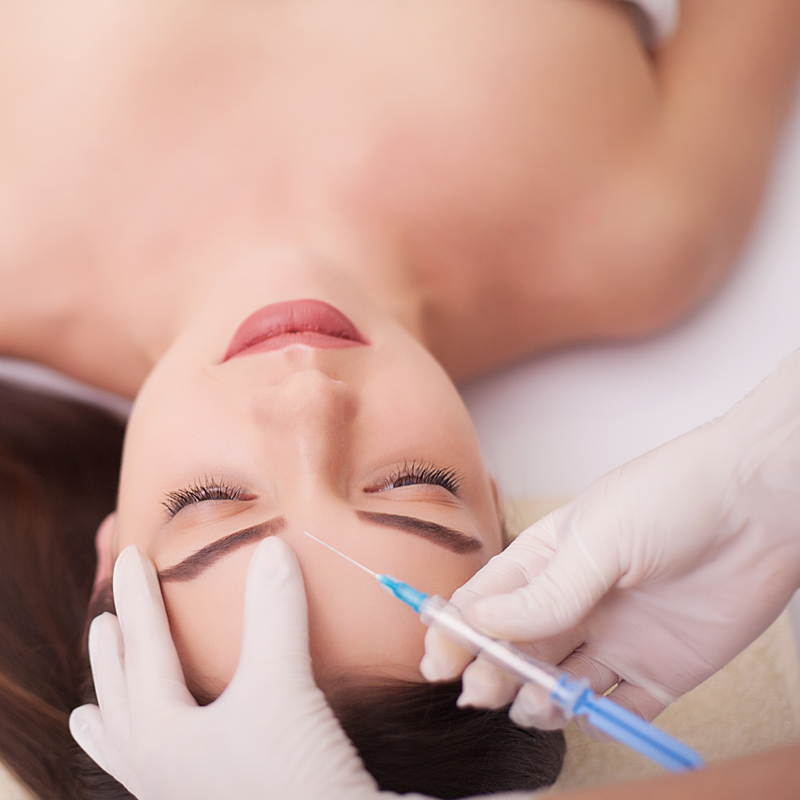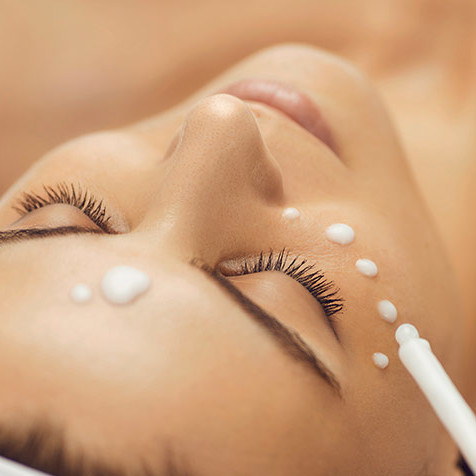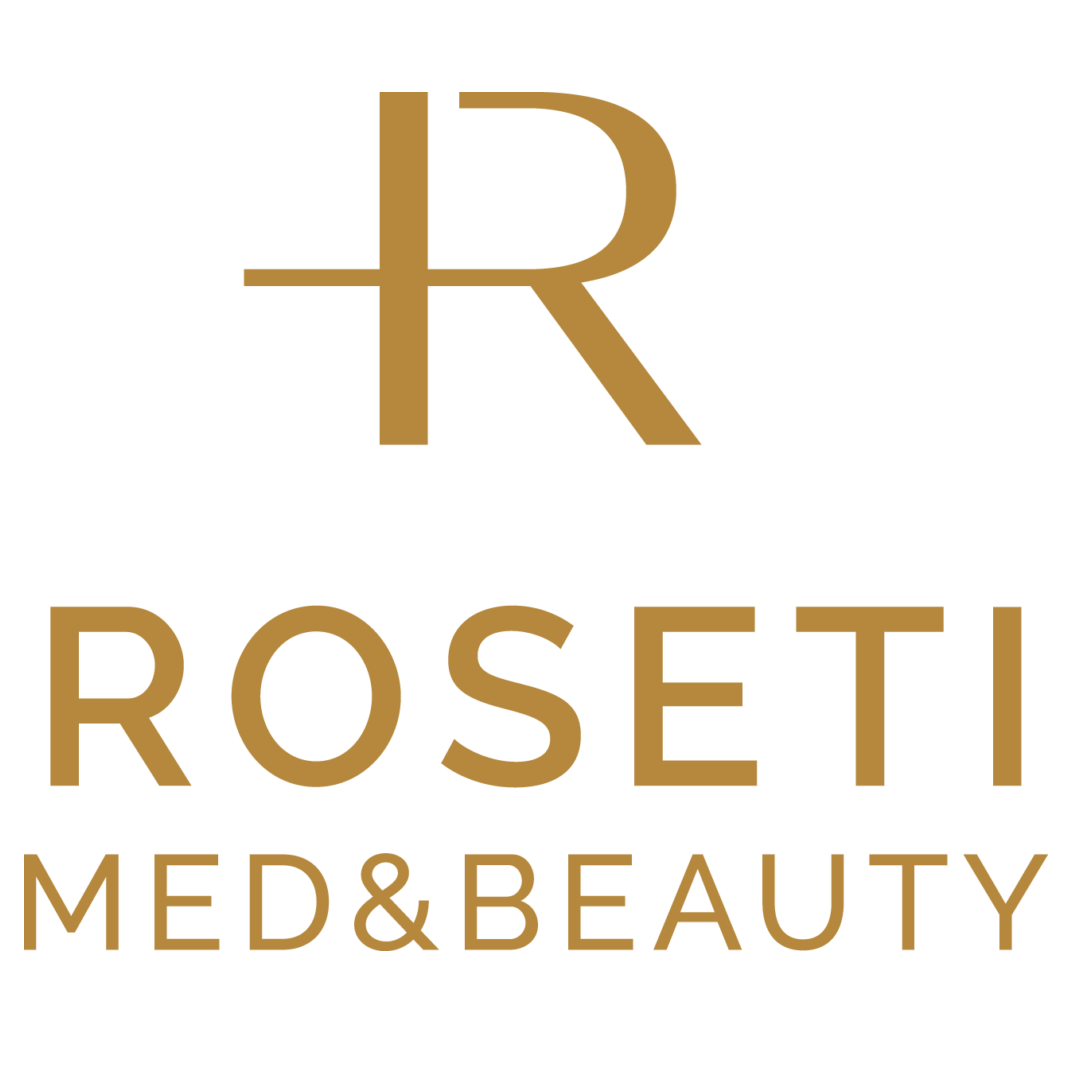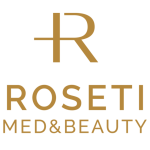
Platelet-rich plasma
Platelet-rich plasma is a 100% biocompatible product.
Skin revitalization is possible thanks to the so-called Autologous Cellular Regeneration (ACR – Autologous Cellular Regeneration) – that is, the regeneration of cells through the action of its own growth factors and stem cells.
Platelet-rich plasma works by activating platelets contained in platelet-rich plasma to produce specific growth factors that:
- stimulate tissue regeneration processes,
- support the process of angiogenesis (formation of new blood vessels),
- activate mesenchymal stem cells,
- stimulate fibroblasts to create new collagen.
Injecting platelet-rich plasma into wrinkles triggers a process designed to stimulate stem cells to multiply and stimulate fibroblasts to produce new collagen, which is expected to lead to skin regeneration and renewal, hydration and rejuvenation. This is because the aging process of our skin is associated with a slowdown in the renewal of our body’s cells and their reduced ability to regenerate.
Effects
The effects we can get from the treatment are:
- skin revitalization,
- smoothing and unification of skin tone,
- improvement of skin elasticity, tension and density,
- remodeling of collagen fibers,
- improvement of skin blood circulation,
- smoothing of wrinkles and folds,
- volumetric biostimulation therapy for skin cells,
- acceleration of healing processes after aesthetic medicine procedures,
- treatment of scalp baldness.
Course of treatment
What does the procedure with platelet-rich plasma look like?
The procedure is performed by a specialist in aesthetic medicine after establishing the indications and ruling out contraindications during a medical consultation.
In the first phase, the doctor takes a small amount (6 -18ml) of the patient's blood into special tubes, which are then subjected to centrifugation in a special centrifuge. Within 5 minutes, erythrocytes and leukocytes are separated from the plasma containing platelets. A special reagent that activates platelets to produce growth factors is added to the tubes just before the procedure is performed. This is how we obtain platelet-rich plasma, which then becomes the base for the procedure.
Platelet-rich plasma is injected in different ways depending on the area to be treated, i.e. using the classic mesotherapy technique (spot), or linearly (along a wrinkle or fold). Prior to the procedure, the skin is anesthetized with anesthetic cream, and if necessary, dental anesthesia is performed.
Treatment time
The treatment lasts from 60 to 90 minutes.
Recovery period
The procedure usually does not require a period of convalescence. Immediately afterwards, local swelling may occur, usually subsiding after about 4 hours. Exceptionally, slight swelling, pain, itching, bruising or discoloration and sensitivity to pain may occur after the procedure. However, these symptoms usually disappear after a few days.
Duration of the effects
The effects of treatments performed in a series of 0-1-6 mc last up to 18 months.

Platelet-rich fibrin
Platelet-rich fibrin treatment is an advanced anti-aging treatment.
The treatment is completely safe, as growth cells and stem factors extracted from the patient’s blood are used. This breakthrough method of skin rejuvenation is often confused with the procedure using platelet-rich plasma, but is actually more effective.
As skin ages, it loses valuable nutrients as well as collagen and elastin. The result is the noticeable effect of photoaging, the loss of skin elasticity and firmness, and the increasing appearance of wrinkles. The purpose of the active fibrin injection procedure is to gently accentuate wrinkles and to stimulate skin cells to self-regeneration in the long term.
Thanks to the formation of a mesh of fibrin fibers under the skin, we have an almost immediate wrinkle reduction effect. The coalescing fibrin begins to push out the tissues above it, producing a mild uplifting effect. The cell-stimulating effect, or long-term effect, is due to platelets (thrombocytes) trapped between fibrin fibers.
Thrombocytes continuously, but slowly, secrete the growth factors stored in them. This leads to an increased proliferation of vascular endothelial cells, which improves blood supply and tissue nutrition. Fibroblasts are also activated, resulting in the synthesis of new collagen – the main factor responsible for skin firmness and elasticity.
The way the therapy works can be compared with i-PRF activated fibrin to platelet-rich plasma (PRP) therapy. However, a significant difference exists in the way growth factors are released from platelets. Their slow and prolonged release during i-PRF platelet-rich fibrin therapy provides us with a much better effect than their sudden release, which takes place in mesotherapy.
Highlights
Cells are constantly stimulated and it is unnecessary to renew the stimulating "signal" for them so often, and the effect lasts up to 2 years.
- Duration of treatment approximately one hour
- Local anesthesia
- Reconvalescence the patient can return to work right away
- Effects for up to 2 years
- Safety high
- Complications do not occur
- Indications: deep wrinkles, tissue loss, acne scars
Course and time of the treatment
The platelet-rich fibrin injection treatment is carried out under local anesthesia. Thirty minutes before the injection, a cream containing anesthetic ingredients is applied to the skin areas to be treated, in order to make the treatment as comfortable as possible.
The small amount of blood collected by the doctor is separated, and the resulting solution is drawn into a syringe equipped with a micro-needle, the pricks of which are almost imperceptible. The entire treatment takes about 60 minutes.
Recommendations
It is recommended to use active fibrin treatment in parallel with other therapies, such as CO2 fractional laser or Dermapen mesotherapy.
Contraindications
Treatment procedures that require the use of the patient's own blood, or autologous material, are among the safer aesthetic medicine treatments due to the negligible risk of allergic reactions or intolerance.
Contraindications to the treatment are:
- autoimmune diseases,
- pregnancy and breastfeeding,
- cancerous diseases,
- certain blood diseases.

